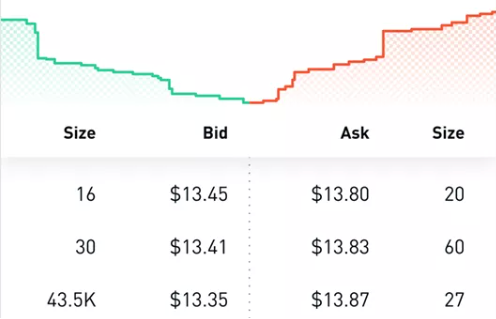
Orderbook Data
September 2021 - September 2022
Upon joining CC Data, I found that the development of an orderbook product was underway. However, there were no established metrics to gauge the quality or accuracy of the data used, and no clients were utilizing the product.
Recognizing these challenges, I set out to create metrics to monitor data quality and provide regular updates to the development team. My objective was to enhance the product's usability and reliability to a point where it would attract client interest.
Firstly, I established a system to monitor the data quality of the underlying datasets. I tracked crucial parameters such as spread, depth, latency, last update time, and consistency. I discovered a high negative spread and when a client expressed interest in snapshots of the orderbook, I developed an application to clean up the data before delivering it. The quality reports I produced were utilized by the team to prioritize their efforts and understand the implications of their code changes.
Subsequently, another client required metrics like spread, depth, and slippage. To fulfill this requirement, I created an application to compute these metrics historically on around 100 terabytes of data. The computed metrics were delivered daily to the client. This metrics product later became a main focus for the team to productionise. Additionally, when another client desired the data for backtesting purposes but was unable to handle the volume, I implemented smart trimming and wrote a custom replay code to facilitate their understanding of the orderbook.
As a result of these initiatives, the daily reports enabled the team to identify and prioritize bug fixing. The reports proved to be so beneficial that I trained an analyst to rewrite the application to provide hourly reports. These reports were then stored in a database for ongoing monitoring. My efforts in cleaning up the team's data and preparing it for clients led to sales that accounted for 3% of the company's annual revenue.